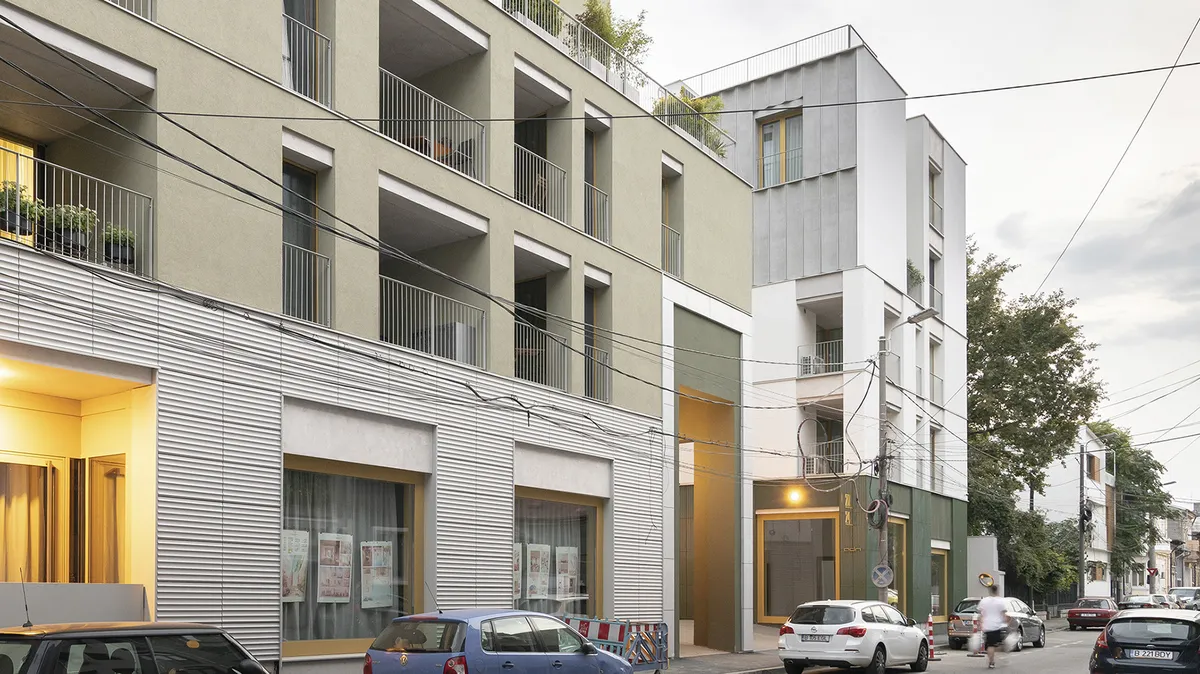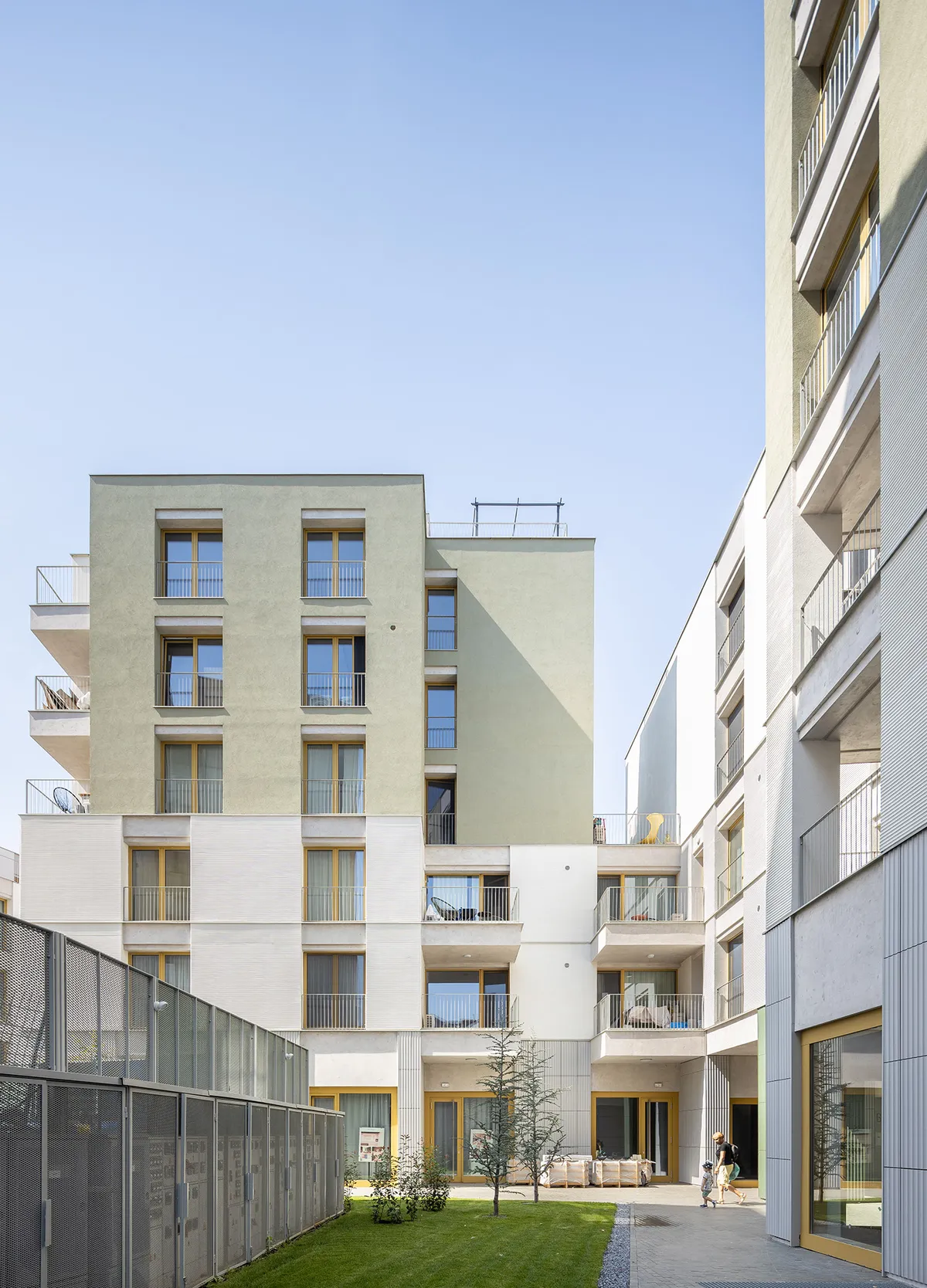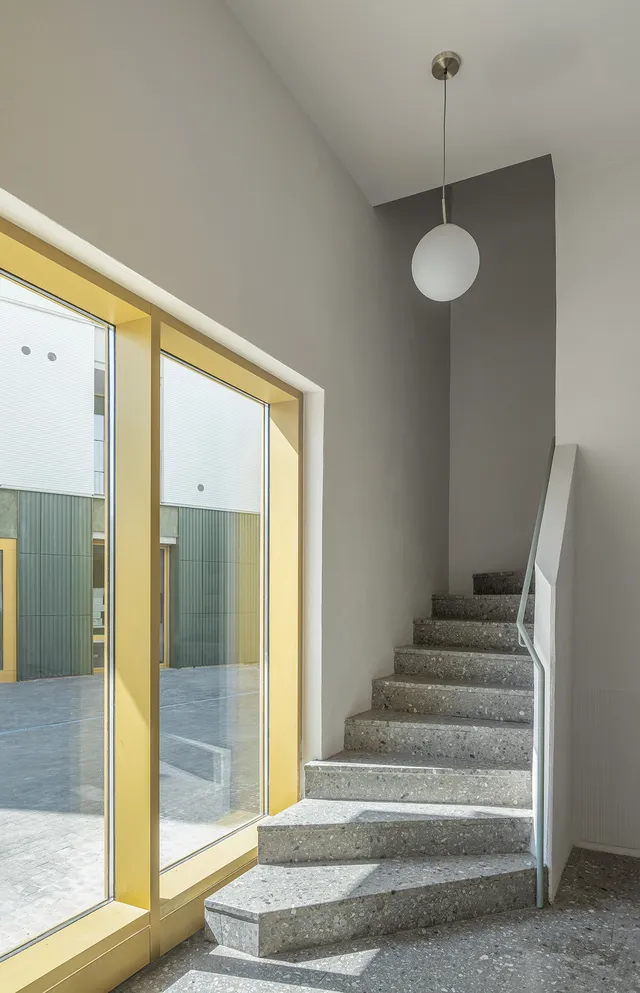
1/10

2/10

3/10

4/10

5/10

6/10

7/10

8/10

9/10

10/10
Built Space
Residential / L
P
Prize
4
votes of the public4
votes of the public
Author(s) / Team representatives
Andrei Șerbescu, Adrian Untaru, Bogdan Brădățeanu, Petra Bodea, Valentina Ţigâră, Elena Zară, Mihail Filipenco
Profession
architect
Collective/office
ADNBA
Co-authors/team members
Adrian Bratu, Traian Iacob, Chan-Woo Park, Diana Buța, Ana Băbuș
External collaborators
Structură: Incona, Instalații: Alma Instal Pro, Project Management: Vision Property Partners
Project location
Bucharest, Romania
Budget in euros
-
Usable area
7 716 mp
Project start date
Decembrie 2018
Construction completion date
Septembrie 2022
Client
Urban Spaces
Photo credits
Vlad Pătru, Sabin Prodan



